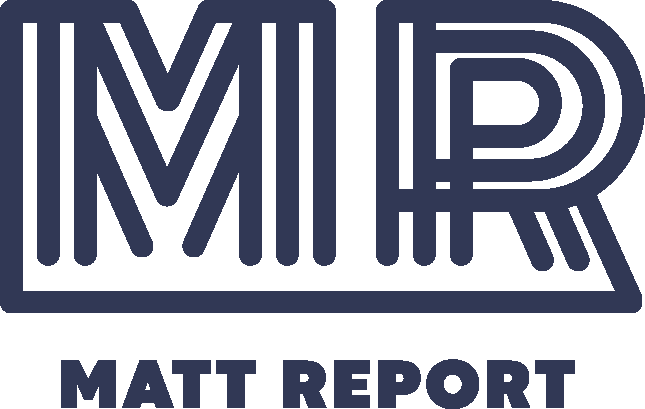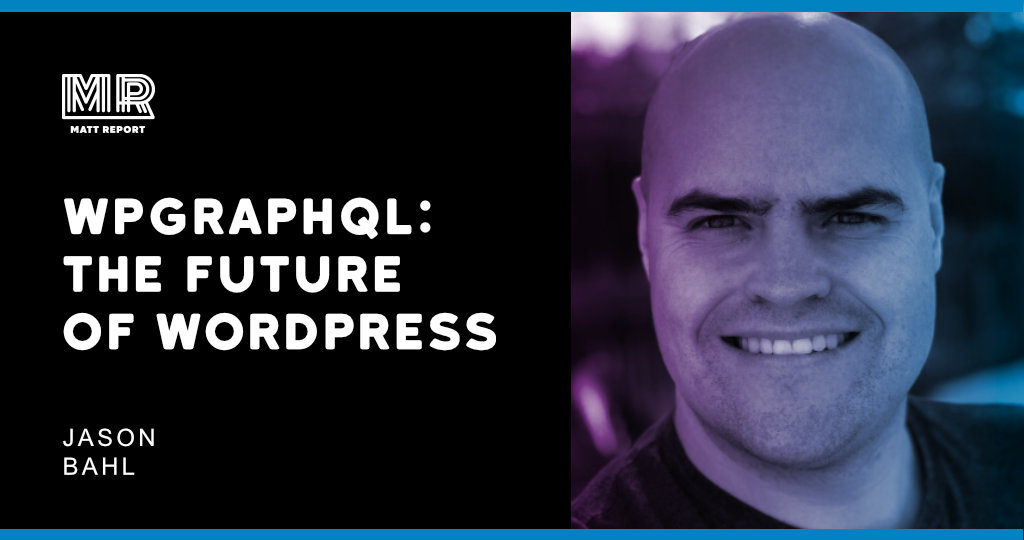“Operating system for the web” has lingered around the ol’ noodle since I heard Matt Mullenweg mutter those words some 6 or 8 years ago.
The headline made news again on Techcrunch back in 2019, along side the news of Automattic raising $300m from Salesforce Ventures. I don’t feel the need to get caught up in debating what it means at this moment, other than, yeah…I’m in.
I’m at the point where I feel I should have a blog post dedicated to my time in Drupal 5 using CCK/Views modules and how powerful that made me feel as a non-developer, just to point to when I mention it, like I am now.
I want WordPress to be a hub where I can interface and model (or display) data with the layer of user access on top.
Plugins like WPGraphQL fascinate me, but I’m still too afraid to touch them, because I’m not a developer. Again, this is why I built Conductor plugin years ago.
Back when I ran pluginawards.com pre-COVID, WPGraphQL was the highest rated plugin in that little experiment of mine. But what is this unicorn plugin I see so many developers talking about? I invited Jason Bahl the creator/maintainer of WPGraphQL, which is a derivative of GraphQL, a query language for your API.
He answered questions like, why isn’t WPGraphQL in WordPress core? And, will we ever get a “page builder” type interface for it?
But first, we pick up on Jason telling us what WPGraphQL really is…


Leave a Reply